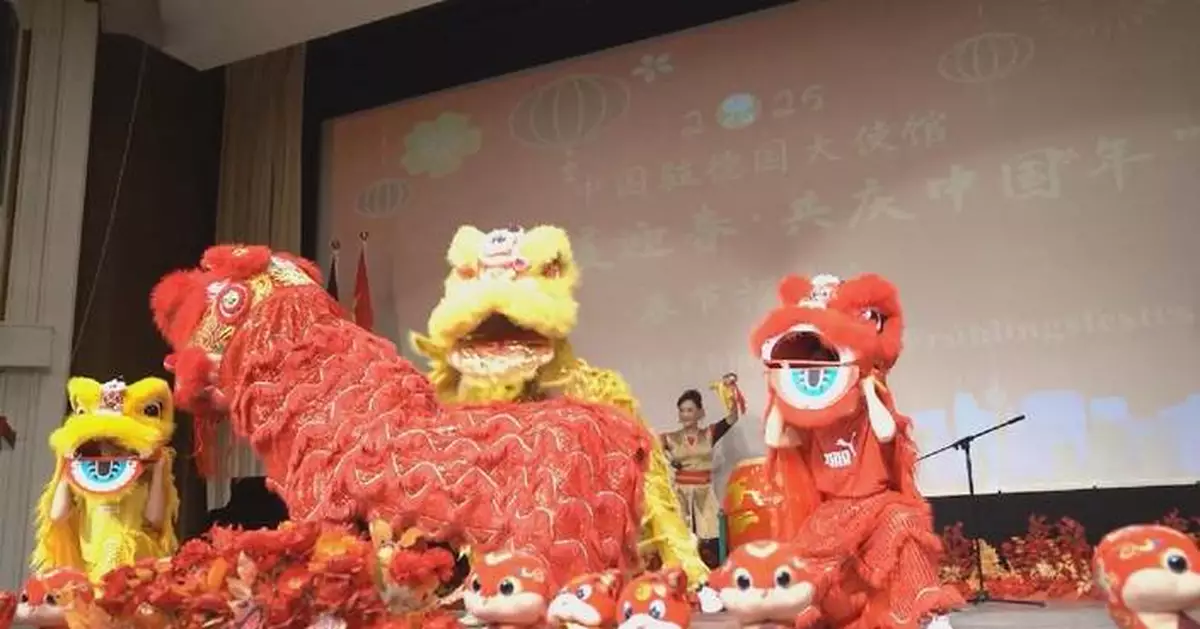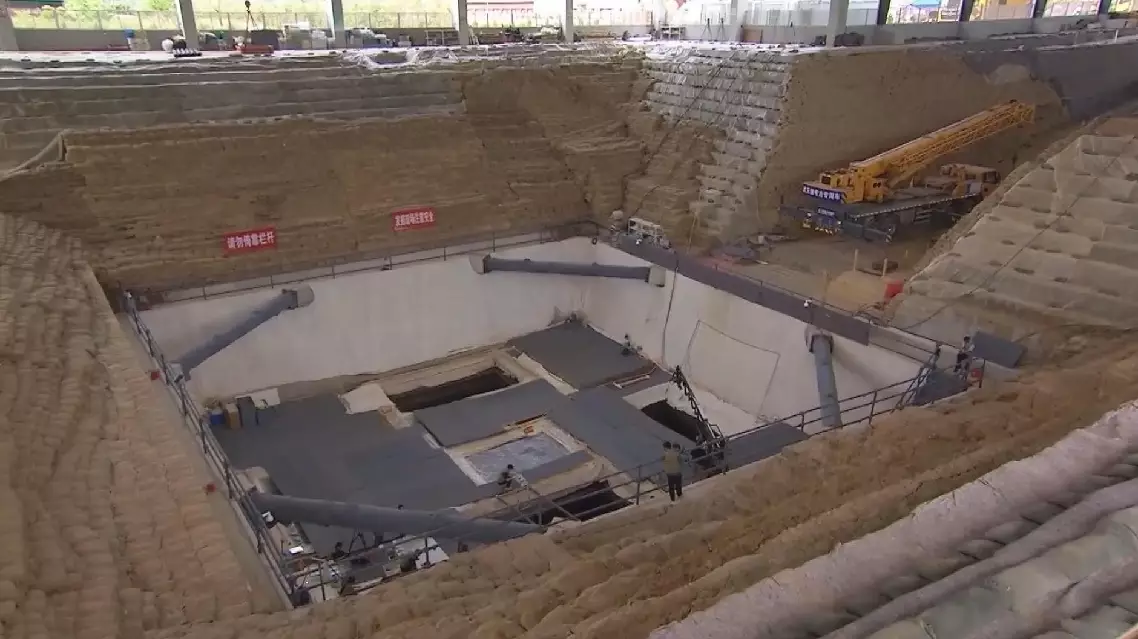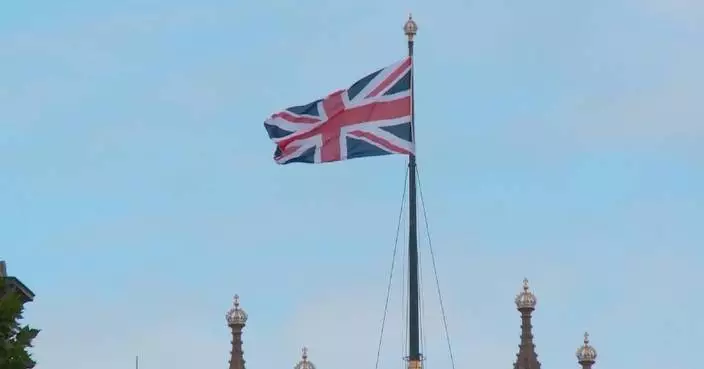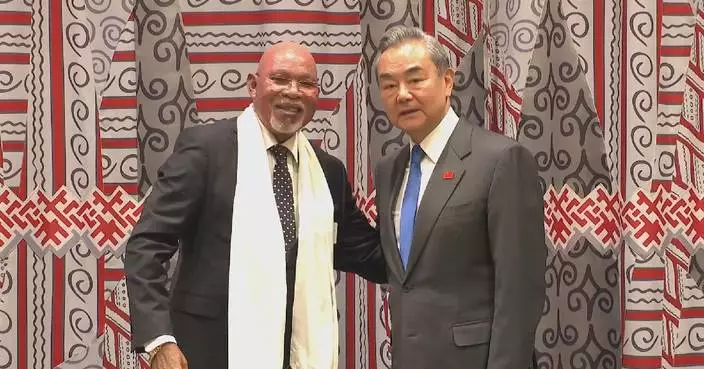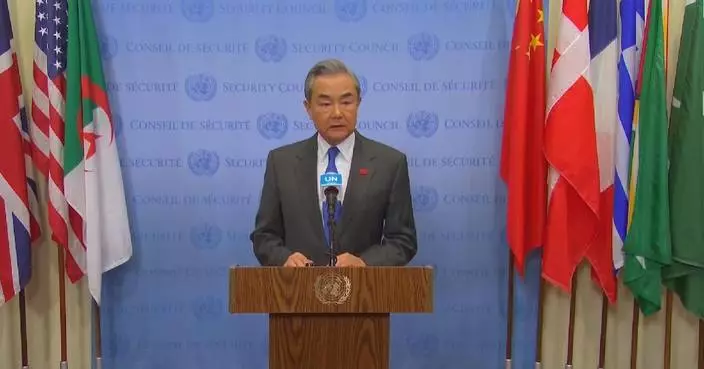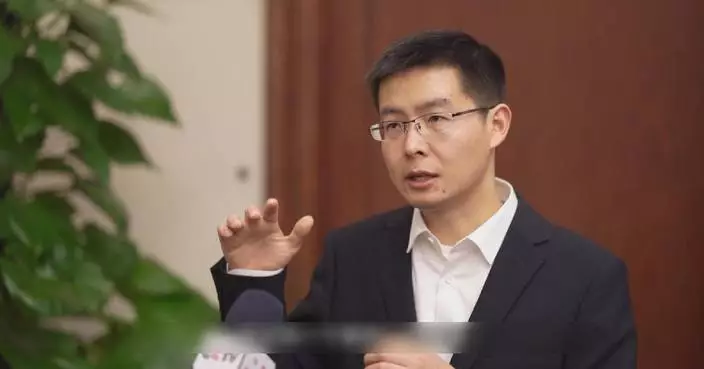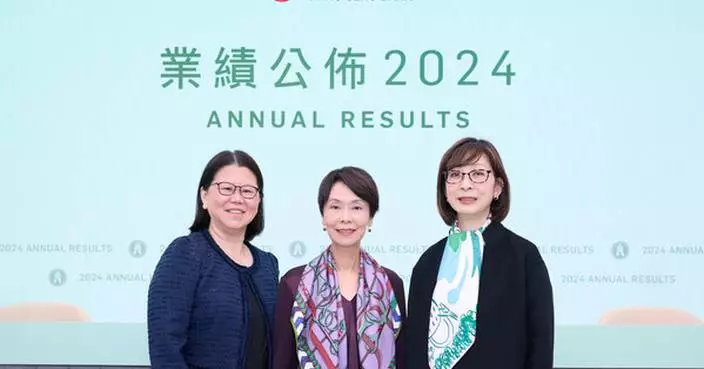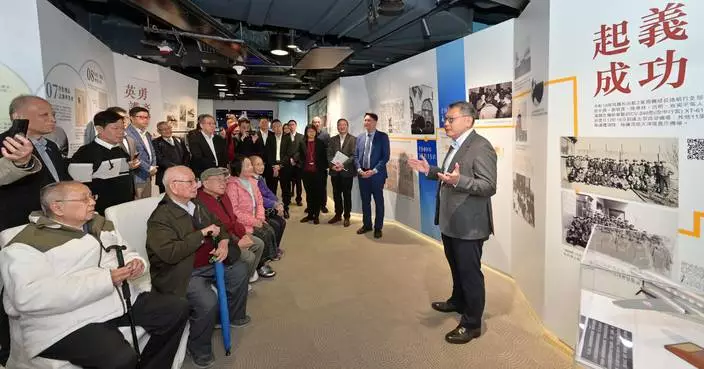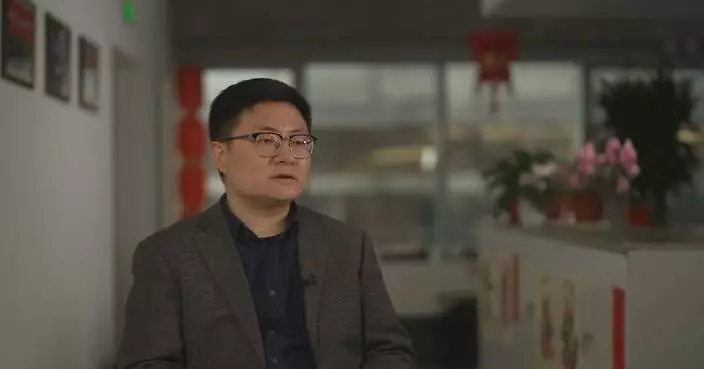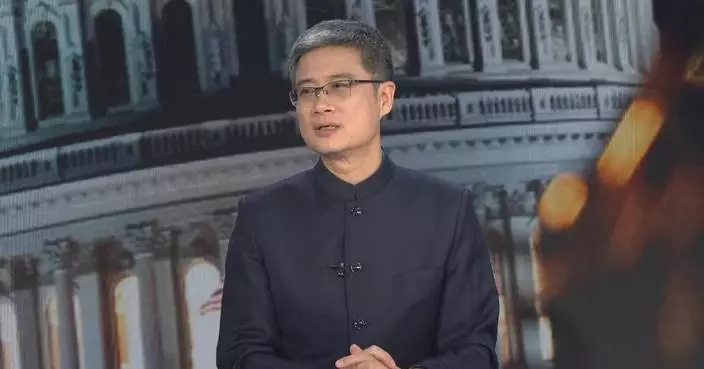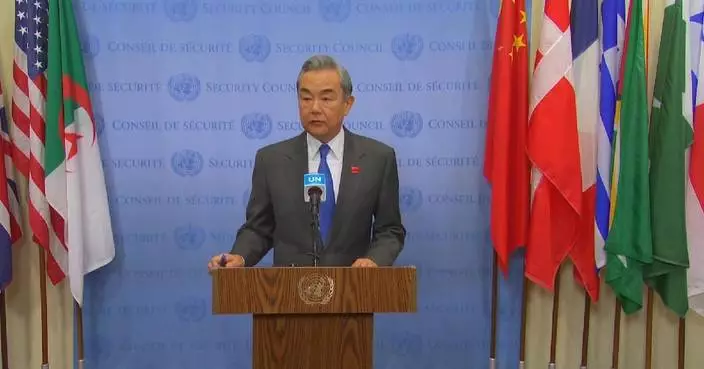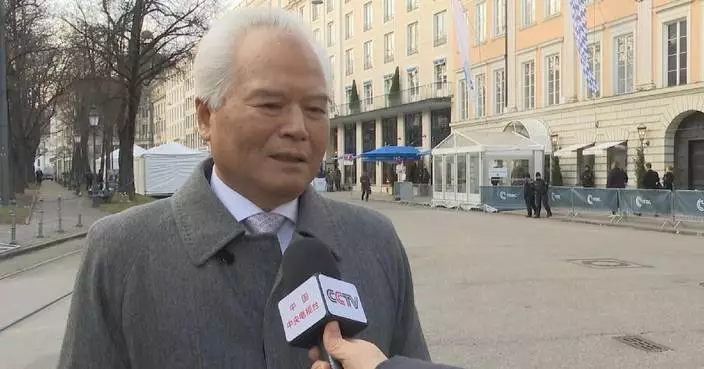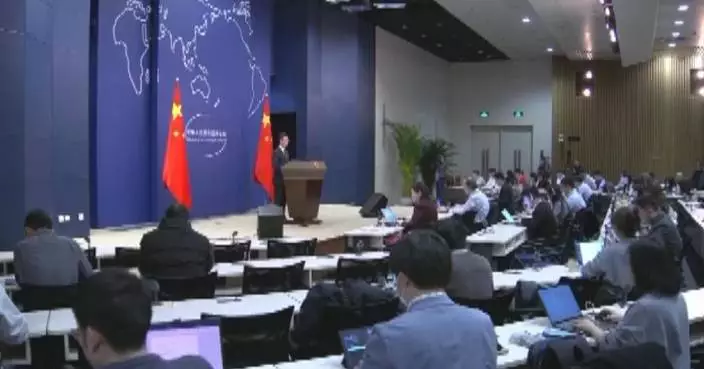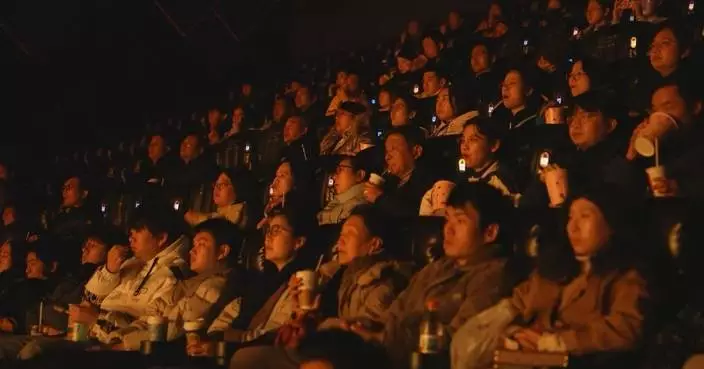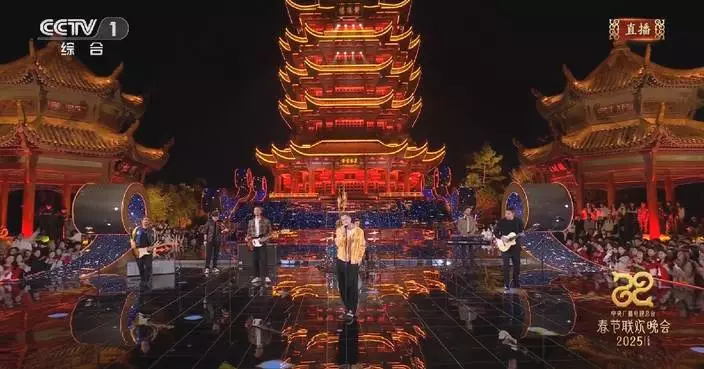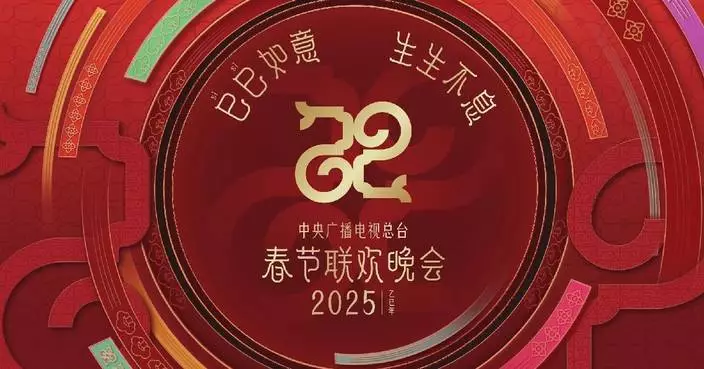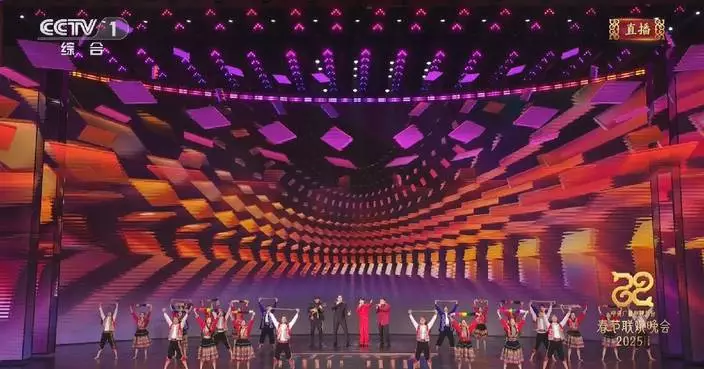For the Year of the Snake, Chinese embassies and diplomatic missions worldwide hosted a series of vibrant receptions to celebrate the Spring Festival, bringing together local dignitaries, business leaders, overseas Chinese, and representatives from various sectors to mark the occasion and deepen cultural exchanges.
In Pyongyang, the Chinese Embassy in the Democratic People's Republic of Korea (DPRK) held a Spring Festival reception over the weekend attended by more than 150 guests, including senior officials from the DPRK government, military, and political departments, as well as foreign diplomats, representatives from Chinese institutions in the country, media, and overseas Chinese.
Guests enjoyed traditional Chinese performances, sampled festive cuisine, and reflected on the deep historical ties between the two countries.
Kang Yun Sok, vice chairman of the Standing Committee of the Supreme People's Assembly of the DPRK, and Wang Yajun, Chinese Ambassador to the DPRK, delivered remarks at the event, highlighting the long-standing friendship and cooperation between the two nations.
At the Chinese Embassy in Laos, guests expressed admiration for China's achievements in economic development and participated in traditional Spring Festival activities, including writing the Fu character which symbolizes good fortune, and solving lantern riddles.
Bounthong Chitmany, Vice President of Laos, praised China's progress and reaffirmed the strong ties between the two nations built upon the principles of being good neighbors, good friends, good comrades, and good partners.
"Over the past year, I have witnessed the remarkable achievements of the Chinese people under the leadership of the Communist Party of China, as they have safeguarded the nation and driven its prosperity and development. I sincerely hope that the long-standing friendship between China and Laos, guided by the 'Four Good Principles,' will continue to thrive, and that our comprehensive strategic partnership and shared future will grow ever stronger and more prosperous," Chitmany said.
In Germany, the Chinese Embassy hosted a lively reception featuring lion dances, martial arts demonstrations, and musical performances, drawing enthusiastic applause from the audience.
"I have been studying martial arts for 15 years, and I have a great passion for Chinese culture, particularly for kung fu and martial arts. The successful inscription of the Spring Festival on the UNESCO list is truly inspiring. I wish everyone a prosperous Year of the Snake, with all your wishes fulfilled," said Mick-Andrew Lorenz, a German martial arts enthusiast.
At the United Nations headquarters in Vienna, the Chinese Mission to the UN hosted a Spring Festival reception attended by more than 800 dignitaries, including heads of international organizations and permanent representatives from various countries.
Guests commended China's active and constructive role in multilateral diplomacy and extended their New Year greetings to the Chinese people.
"First of all, Happy New Year! China is our big supporter in UNIDO. We work closely together. We are very grateful for this," said Gerd Muller, director-general of the United Nations Industrial Development Organization (UNIDO).
Chinese embassies in Singapore, Jordan, Mongolia, Sweden, Trinidad and Tobago, and other countries also hosted Spring Festival receptions, welcoming government officials, diplomats, business leaders, overseas Chinese, and international students.
This year, the Spring Festival, or Chinese New Year's Day, fell on Wednesday, ushering in the Year of the Snake and marking the first New Year since the festival was added to UNESCO's list of Intangible Cultural Heritage of Humanity.
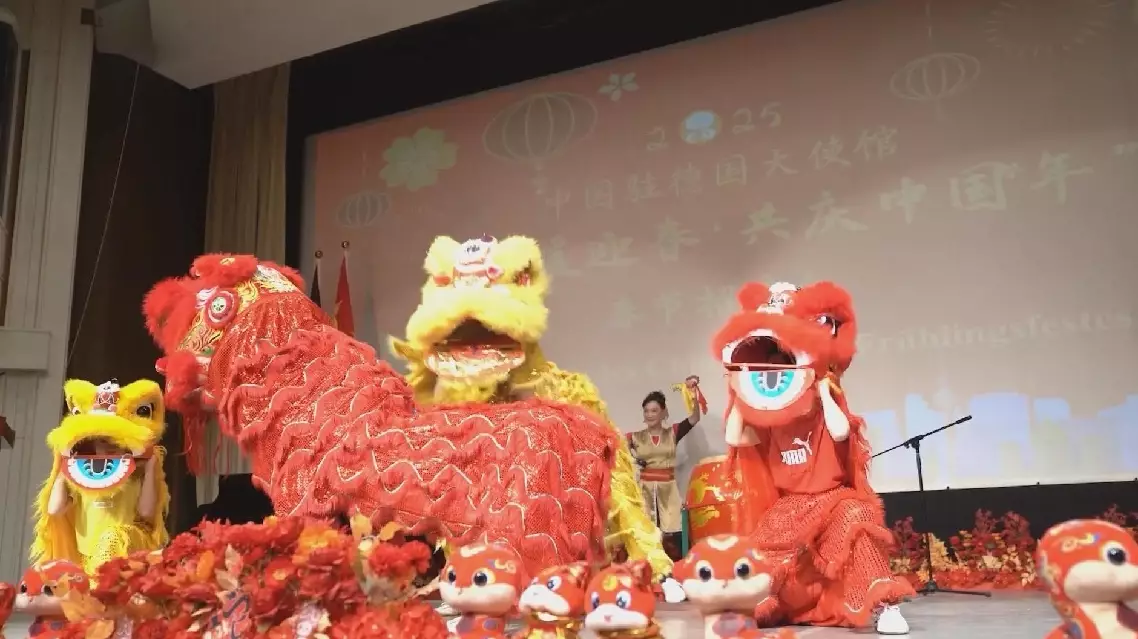
Chinese embassies host Spring Festival receptions to deepen cultural exchanges


